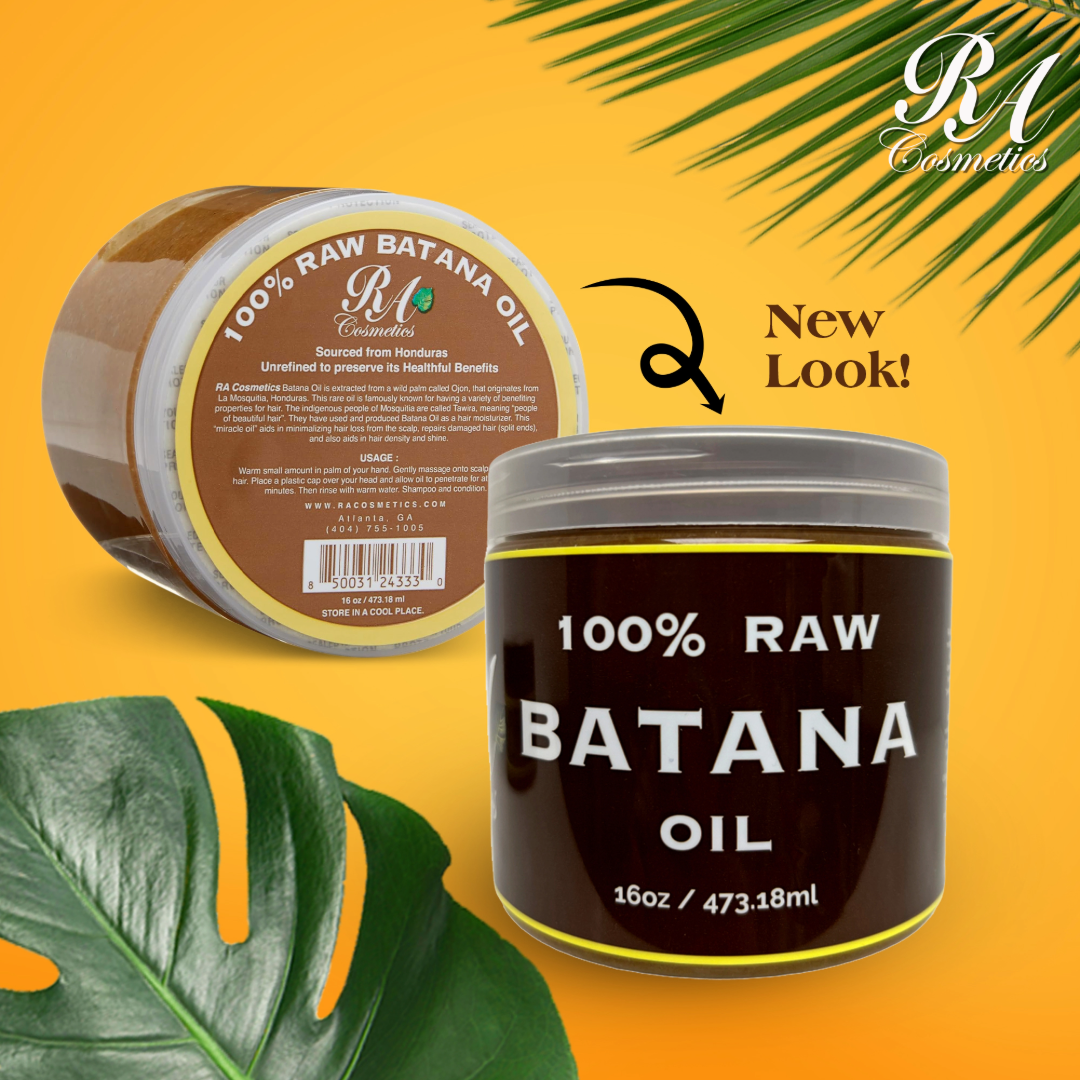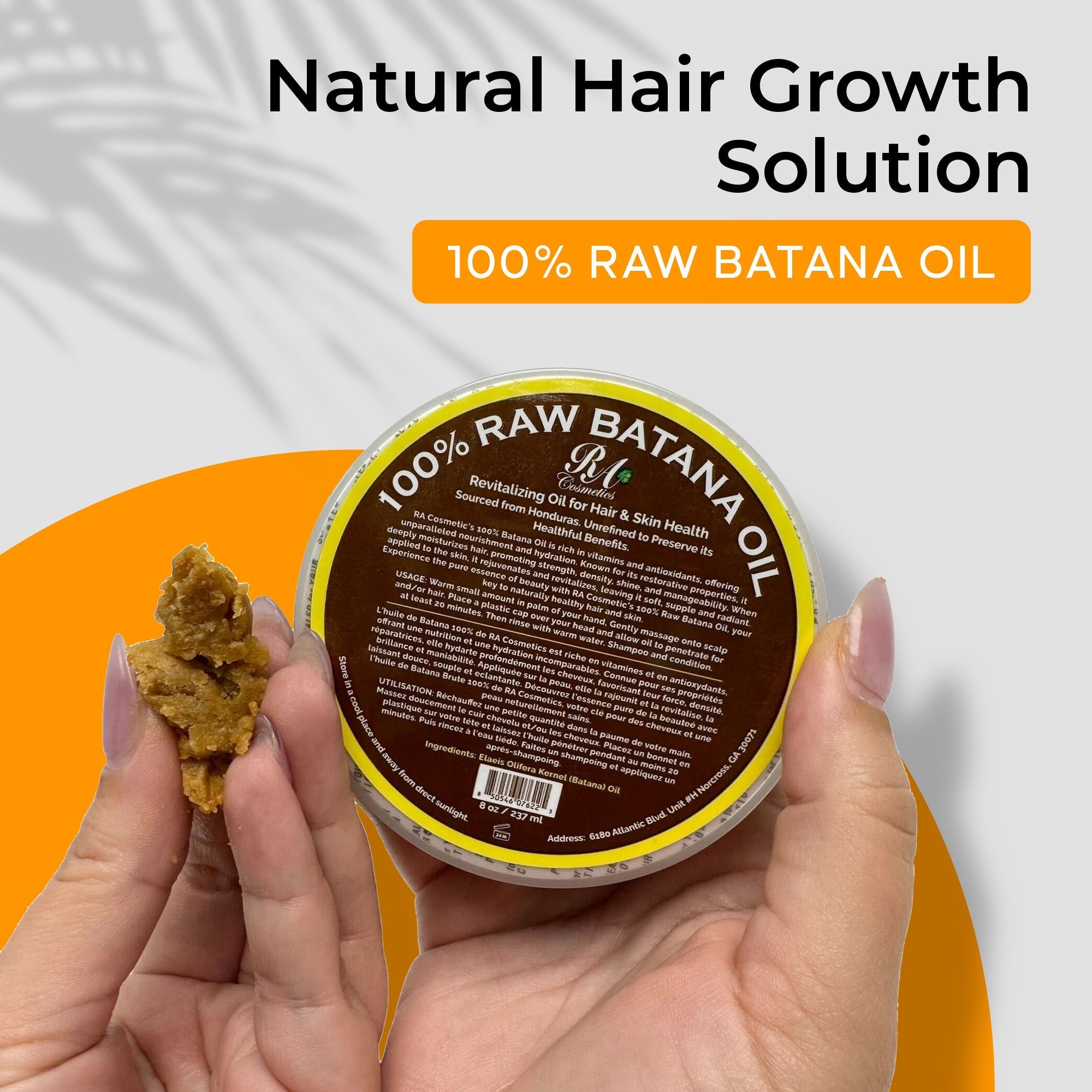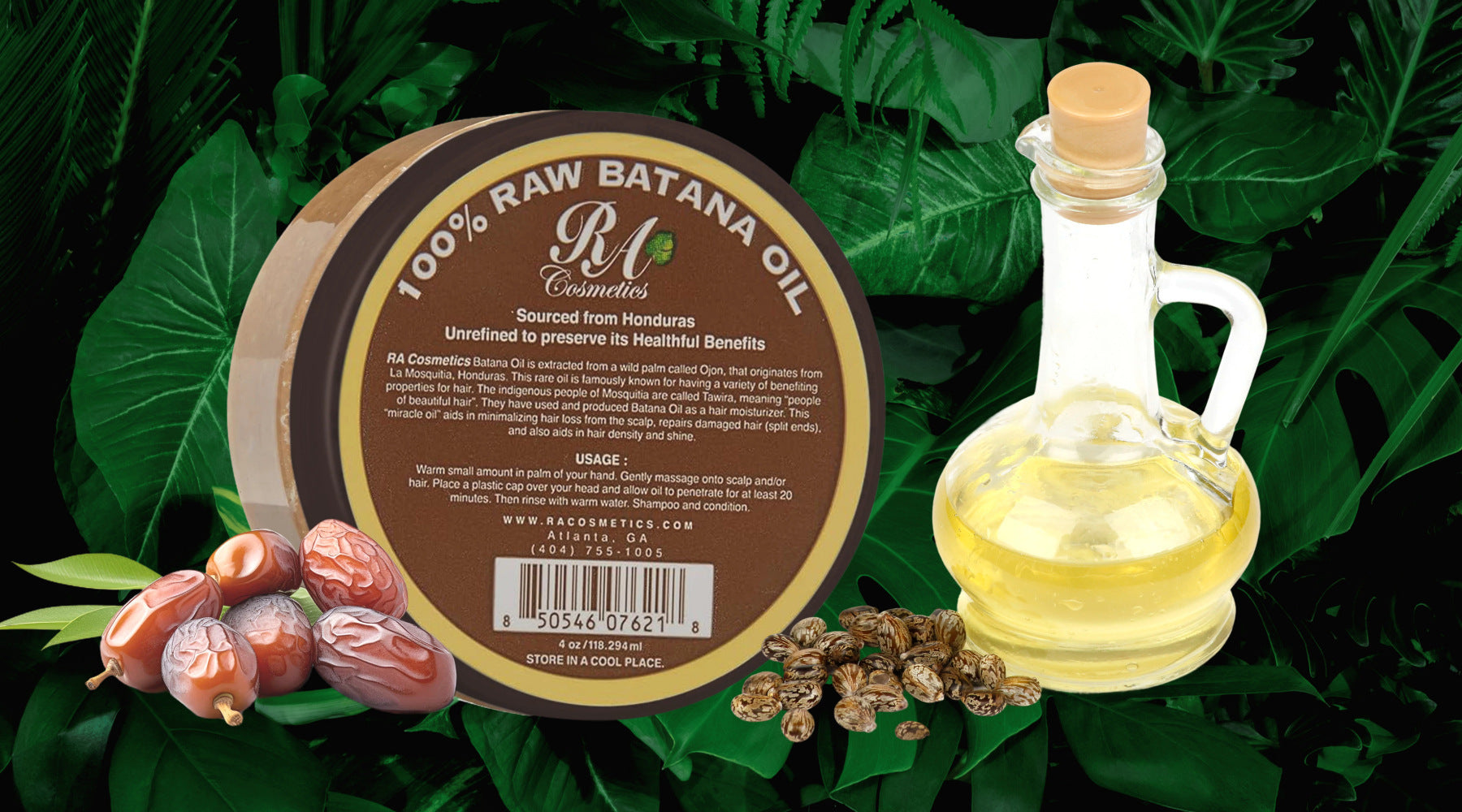High Porosity Hair vs Low Porosity Hair: Key Differences & Care Tips for Healthy Strands
, by RA Cosmetics Administration, 8 min reading time
, by RA Cosmetics Administration, 8 min reading time
Learn how high porosity hair quickly absorbs moisture but struggles with retention, leading to dryness and frizz, while low porosity hair resists moisture, potentially feeling heavy.
Understanding your hair's porosity is key to unlocking its true potential. High-porosity hair absorbs moisture quickly but struggles to retain it, leading to dryness and frizz. On the other hand, low-porosity hair resists moisture absorption, making it feel heavy and greasy if not cared for properly.
By recognizing the differences between these two types, you can tailor your hair care routine for optimal results. Whether battling frizz or searching for the right products, knowing your hair's porosity can transform your hair health journey. Let's dive into the unique characteristics of high and low-porosity hair and discover how to nurture your locks effectively.
Hair porosity refers to the hair's ability to absorb and retain moisture. Recognizing your hair's porosity type is essential for creating an effective hair care routine.
Hair porosity determines how well your hair absorbs and holds moisture. It results from the structure of the hair cuticle, which is the outer layer. The cuticles are loosely spaced in high-porosity hair, allowing for quick moisture absorption but poor retention. In low-porosity hair, the cuticles are tightly packed, making it challenging for moisture to enter, yet it retains what it does absorb. Medium porosity hair fits between these two types, effectively balancing moisture absorption and retention.
Understanding hair porosity is vital for effective hair care. It influences product choices, application methods, and overall hair health. Knowing your hair's porosity helps you select the right moisture treatments, seals, and oils. For high-porosity hair, use heavier oils and moisturizing products to combat dryness. For low-porosity hair, lightweight products and heat can enhance moisture absorption. Tailoring your regimen based on porosity leads to healthier, more manageable hair.
High porosity hair absorbs moisture quickly but struggles to retain it, often leading to dryness and frizz. Understanding its characteristics helps you tailor your hair care routine effectively.
Low-porosity hair resists moisture absorption, making it challenging to hydrate and style. It often feels heavy and can accumulate product buildup if not properly managed.
Understanding the distinctions between high- and low-porosity hair allows you to tailor your hair care routine effectively. Each type requires different approaches for optimal health and appearance.
Absorption Rate: High-porosity hair absorbs moisture quickly. Low-porosity hair resists moisture, making it slow to absorb products.
Moisture Retention: High-porosity hair struggles to retain moisture, leading to dryness and frizz. Low-porosity hair retains moisture more effectively but can feel greasy if overloaded with products.
Cuticle Structure: High-porosity hair features raised cuticles, which contribute to fragility and damage. Low-porosity hair has tightly packed cuticles, creating a smooth surface that reflects light, resulting in a shiny appearance.
Frizz Management: High-porosity hair is prone to frizz, especially in humidity. Low-porosity hair typically experiences less frizz but can become weighed down by heavy products.
Product Buildup: If heavy products are used, high-porosity hair may suffer from buildup, while low-porosity hair can also accumulate buildup, particularly from oil-based products.
For High-Porosity Hair, Opt for moisturizing products that contain humectants like glycerin and aloe vera. Lightweight oils, such as argan or jojoba, help seal in moisture. Use protein treatments sparingly to avoid further damage.
For Low-Porosity Hair, Select lightweight, water-based products to enhance moisture absorption. Ingredients like coconut oil and shea butter can be beneficial, but they should be used in moderation. Regularly applying heat, such as steaming, improves product penetration.
Consider the Environment: Factoring in your environment influences product effectiveness. High humidity benefits high-porosity hair through moisture availability, while low-porosity hair requires careful monitoring in humid conditions to prevent greasiness.
Understanding the differences between high- and low-porosity hair is vital for effective hair care. By identifying your hair's porosity type, you can tailor your routine to address specific needs. High-porosity hair requires moisture-rich products and careful handling to combat dryness and frizz. On the other hand, low-porosity hair benefits from lightweight formulations that promote moisture without weighing it down.
With the proper knowledge and products, you can enhance your hair's health and manageability. Embrace your hair's unique characteristics and make informed choices to achieve beautiful, vibrant locks.
Hair porosity refers to how well hair absorbs and retains moisture. It is determined by the structure of the hair cuticle, which can be tightly packed (low porosity) or more open (high porosity). Understanding hair porosity is essential for effective hair care and product selection.
High-porosity hair absorbs moisture quickly but struggles to retain it. It often appears dry and frizzy is fragile and dries quickly. This hair type is usually damaged from heat or chemical treatments and can be prone to frizz, especially in humid conditions.
Low-porosity hair resists moisture absorption and feels heavy or greasy when overloaded with products. It features tightly packed cuticles, leading to slow moisture absorption. Due to smooth cuticles, this hair type tends to appear shiny. This hair type generally experiences less frizz.
To manage high-porosity hair, use moisturizing products with humectants and lightweight oils. Regular deep conditioning treatments can help retain moisture. To minimize frizz, try to avoid excessive heat styling and protect your hair in humid conditions.
For low-porosity hair, lightweight, water-based products are best. Focus on using moderate amounts of heavier ingredients, and consider steaming your hair to enhance moisture absorption. Avoid heavy oils and butter that can build up and weigh hair down.
High humidity is generally beneficial for high-porosity hair as it can aid in moisture absorption. In contrast, low-porosity hair often struggles in humid conditions, as excess moisture can lead to greasiness and product buildup, making it essential to manage these factors carefully.
Understanding hair porosity helps you choose the right products and techniques for your hair type. Tailoring your hair care routine to your specific porosity can significantly improve hair health, manage moisture levels, prevent frizz, and lead to healthier hair.


